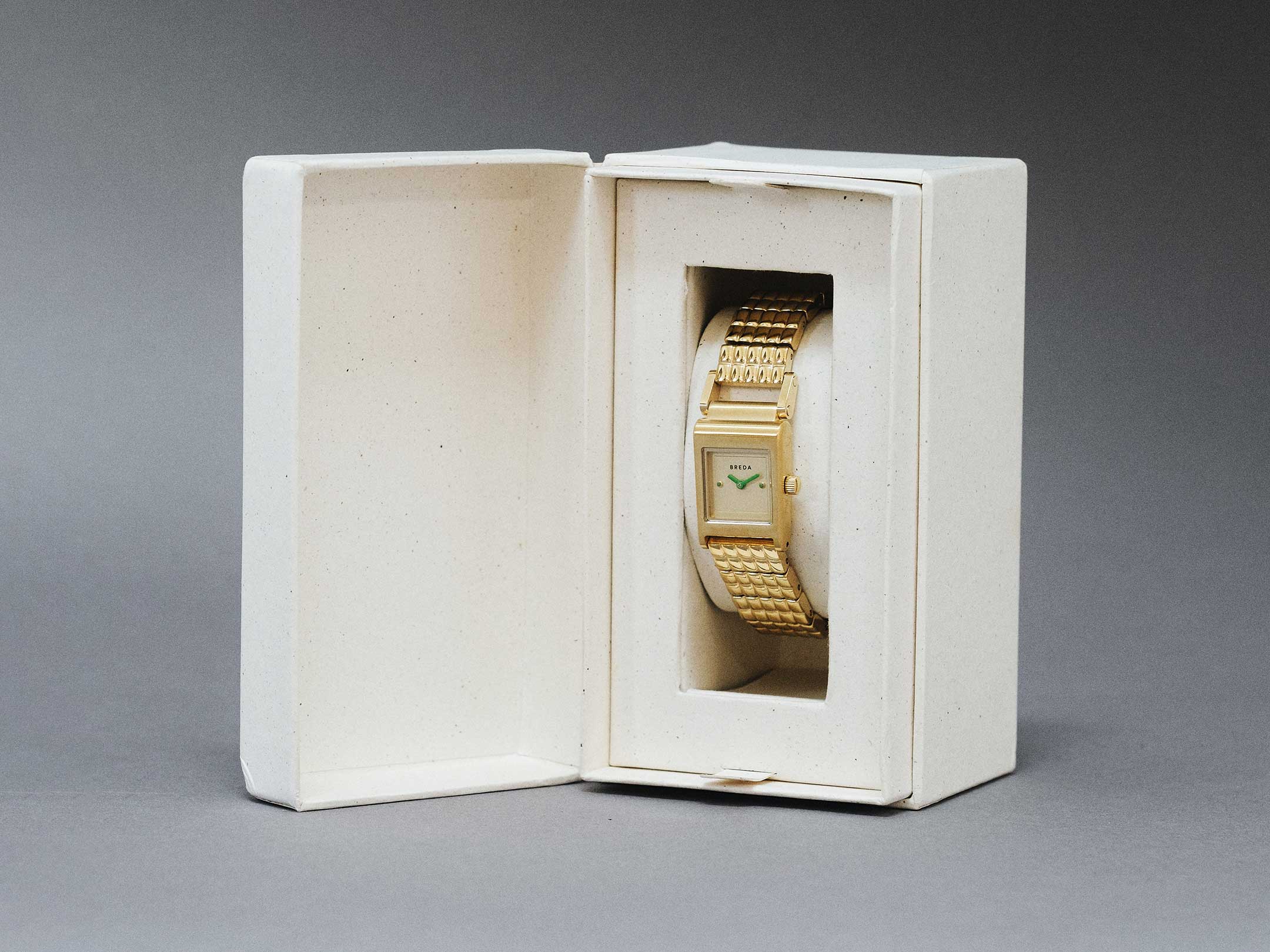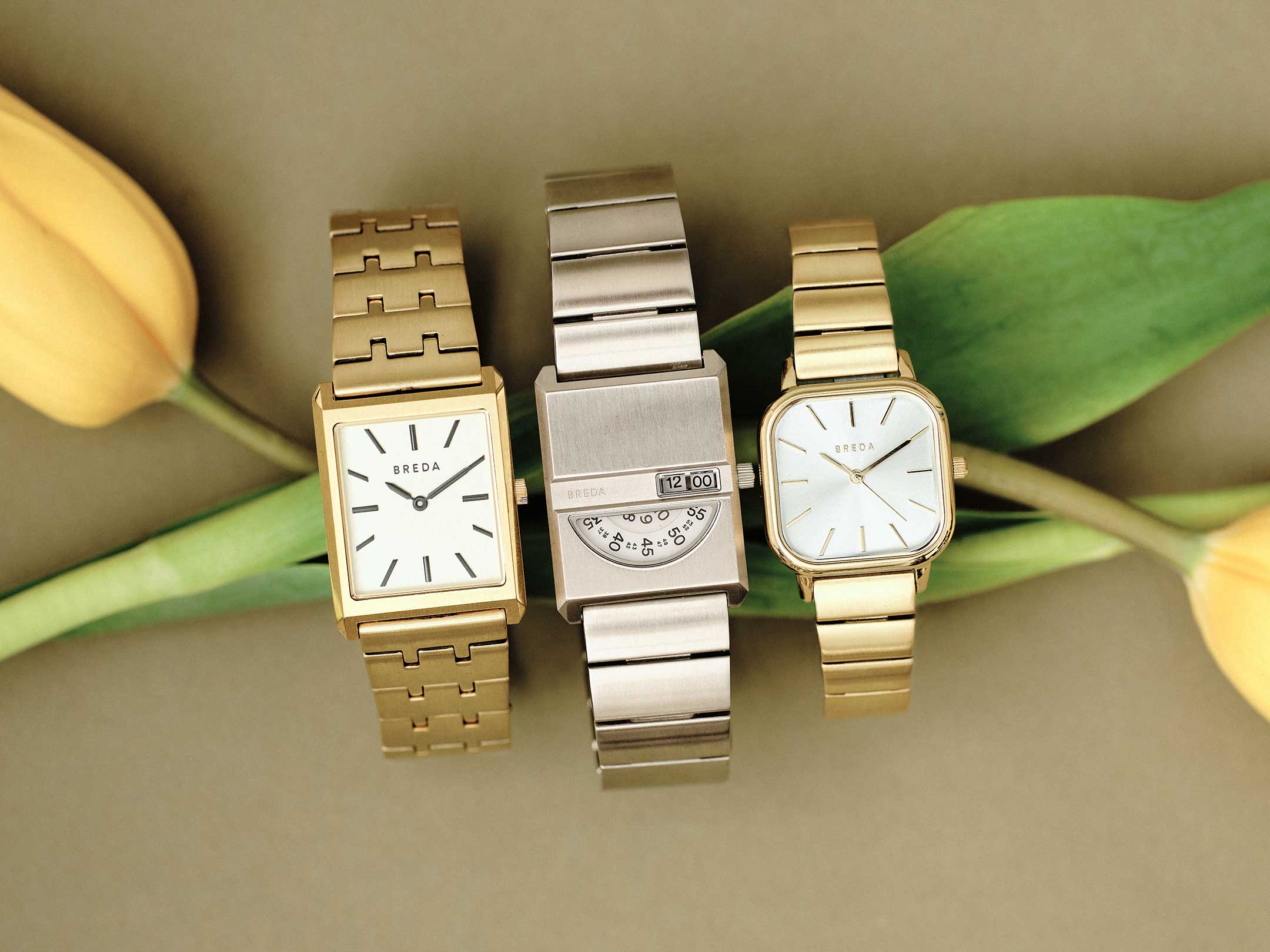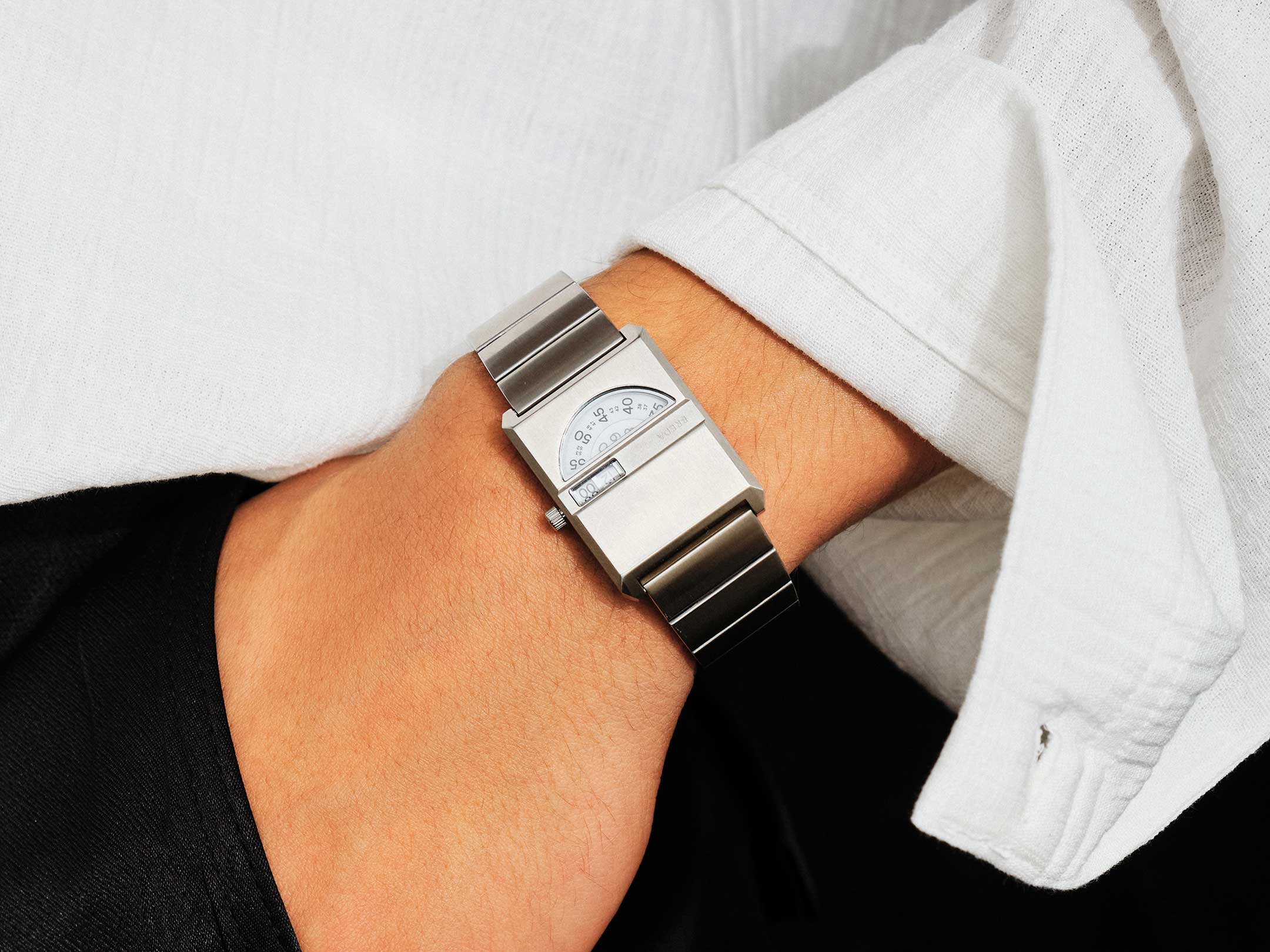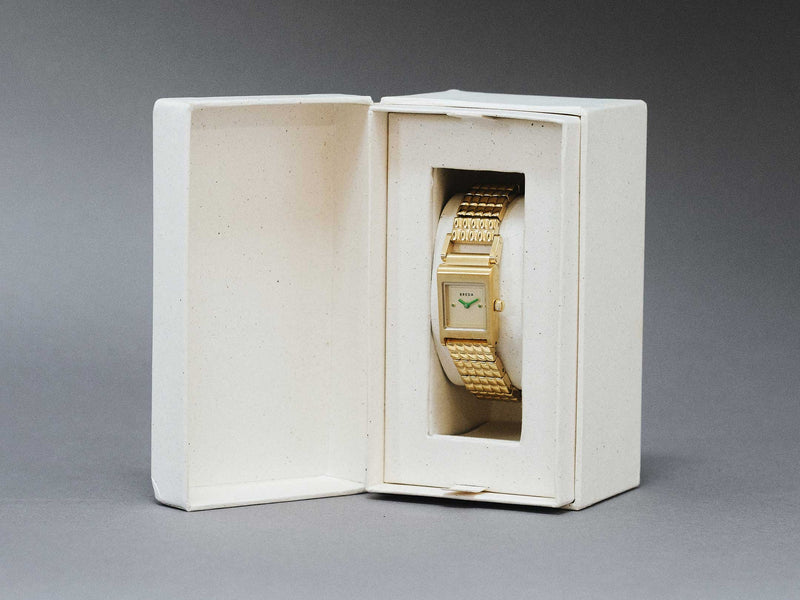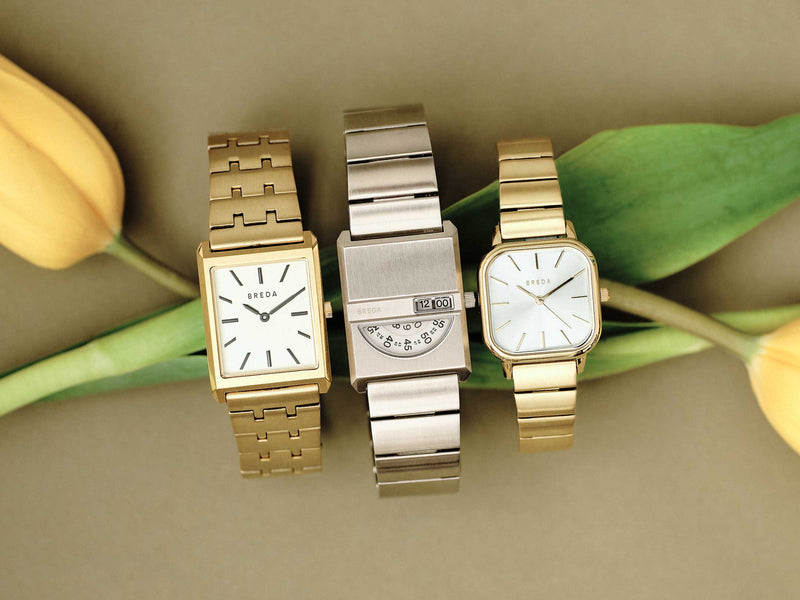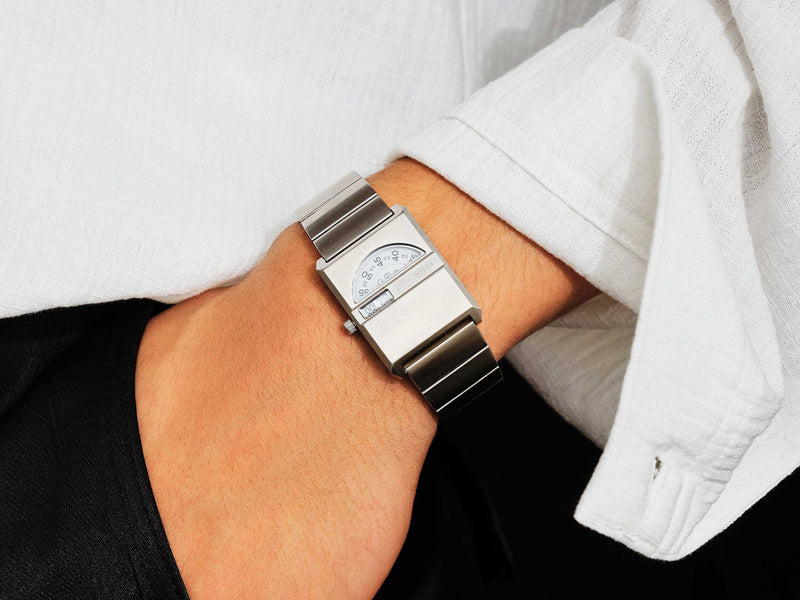A little over a year has passed since a life-altering event on the Santa Fe Trail left Antonio with two bullet wounds in his torso. Antonio Lechuga's story is a testament to the indomitable spirit of artists, the importance of cultural roots, and the profound ways life experiences shape and influence artistic expression. Through the challenges of recovery, Antonio embodies resilience and strength, and remains dedicated to his craft.

Can you explain the process of choosing cobijas and denim in your artwork? How do these materials help convey your intended message?
The choosing of the materials is quite natural really. I buy them at places that anyone could walk into. Part of the intention of using them is that I am using the same type of material that the general public would have access to. In this case, no matter the design, any cobija would do as they are all saying the same thing.

How do you envision the evolution of your art in the next decade?
As a whole, I see my work and by extension of that my practice getting larger in scale in the future. I want to delve more intimately and create experiences where the viewer is an active participant in the work itself. I like to focus on issues that are reflective of the society and the built world that we have and will create for ourselves. That is ever changing, so I feel like my work should reflect that.

Can you share an anecdote or moment during your recovery that profoundly impacted your perspective toward life and art?
I don’t know if I have one in particular. Either it be that most of my recovery was a blur or I have repressed so much that I have yet to unpack it all fully. 3 1/2 months in the hospital will do that to you. However, after I finally got out of the hospital I do recall feeling as if I now knew something that others did not. I remember the doctors telling me that if this were 20 years ago, then I'd be dead. So, everything since has felt as if I had already died there that day and I am just not scared of dying anymore. I had already endured the experience of being shot twice and thinking I was dying; It's almost as if going through that experience took away the fear I think we all have of what it means to die and what that will look like for us all. I’m not sure if I'm describing it well enough, hard to put into perspective even now.

Are there artists or works of art that have particularly inspired or comforted you during your recovery journey?
Actually no, no one in particular. For a long time during my recovery in the hospital my main goal was to just be able to walk more than a couple steps without getting winded. My recovery was solely focused on just that, trying to recover. It wasn’t a vacation or I didn’t take the time to start a new hobby. All my energy was devoted to surviving. I had so many complications after the initial surgery that saved my life. Other than the heart or the head, the abdomen is the worst place to get shot and I took two of them. It ruined my insides and I lost a kidney because of it. Just glad to have gone through all of that and still be where I am now.

How important is the physical space of your studio to your creative process? Did its absence during your recovery affect your artistic mindset?
It’s extremely important. It’s where your ideas are fostered and where they grow into tangible things. I'd say the absence did not affect me at all. If anything it made me more determined to get back to it. I was staying with family for a time after getting out of the hospital and I always knew it would be there when I was healthy and ready. Just there waiting and ready for me to come back. When I first walked back in, everything in my studio was exactly as I had left it months before, as though time had paused and I had just come back from that fateful run. Eerie, but I also felt it was encouraging me to pick up right where I left off, so I did.

How have your daily routines or practices changed post-recovery, and how has this influenced your artistic workflow?
I was, at least before I was shot, someone who waited to do things. Simply put, I was good at procrastinating. Since then, I definitely am someone who has all the checklists and to-do lists. Why wait? You may not have the chance when you think you do. So it increased my work flow tenfold and I am constantly in the studio working even more so than I was before.

How do you see your art contributing to the broader conversation about the Tejano experience in the 21st century?
The tejano experience is ever evolving and there are so many stories that should, are, and will be told; Many more than we seem to realize. I see my work reflecting the issues that tejanos are currently facing. Not necessarily offering solutions but responses to problems that are at the forefront of a constant campaign of the erasure of the people of this region.


In what ways do you feel your Tejano identity informs not just the content but also the form and style of your artwork?
My work is seen through my lens and my own particular perspective. I’m a Tejano from Oak Cliff, Tejas. It would no doubt be different if I was born in the valley, San Antonio, or El Paso. Because of this there is a hint of urbanism in my work that not only speaks of where I am from but also of what I have been influenced by.

How has the Dallas art community responded or supported you post-incident? Has it influenced your connection to the local artistic scene?
I cannot express my gratitude enough for how the local art community has supported me after all that has happened. I got such an outpouring of support, which definitely helped me to stay strong and maintain my will to get out of that hospital bed. After that, I feel as though there is more for me to give back into the community that has given so much to me. There is more to offer and I am lucky enough to have been able to be the recipient of what Dallas people do for other Dallas people when they are in need.

Who are some artists or thinkers, past or present, who have heavily influenced your style or approach to art?
Great question. I would say it’s a mix of artists, designers and even architects. Christo and Jeanne-Claude, Juan O’Gorman, Julian Schnabel, Charles and Ray Eames, Gio Ponti, Eileen Gray, Carlos Scarpa, and too many others to name.

Can you delve deeper into the symbolism of cobijas for you personally, beyond their cultural connotations?
For me, like others from a Latinx background, cobijas were something that was a part of the house. It’s one of those things that made home identifiable. These pieces of material we offered to us out of care and love. To wrap someone with one of these was to say that they love you and want you to be protected. Though soft, they are strong, armor like pieces of material that we use to give others the protection that they need.

Are there particular Tejano narratives or stories you feel are underrepresented and aim to bring to the forefront with your work?.
Oh yes. I would love to talk about the role tejano music has played in giving Tejanos their own voice and creative form of expression, from its birth and evolution with the people who created it. That’s my next (biggest) project I am looking forward to.


